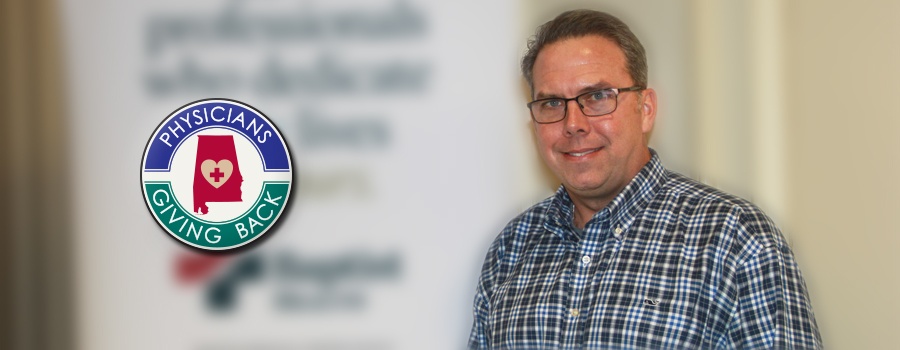Month: December 2018
-

Senior Physicians: We Need Your Voices!
Any physician that has reached the age of 65 is considered by the American Medical Association and the Medical Association to be a Senior Physician, even if you are not currently working in a medical practice. That does not mean your voice cannot still work for the House of Medicine. Did you know the Medical…
-

MEDICAID ALERT: Federal Rule Change for Prenatal Claims
The passage of the Bipartisan Budget Act of 2018 requires states to “cost avoid” claims for prenatal services when there is a known liable third party. Prior to this change, states were federally required to “pay and chase” claims with a designated prenatal procedure or diagnosis code. The federal “pay and chase” provision enabled providers…
-

E/M Code Changes: A Deeper Dive at What Could be Coming for 2021
This is the second in a series of articles reviewing notable changes in the 2019 Physician Fee Schedule Final Rule and provides a deeper discussion of the potential changes to the E/M Coding regime scheduled to take effect in 2021. For the original article, please see Evaluating and Managing the E/M Codes for 2019 and…
-

Patient Satisfaction: What Is It Really Worth?
In previous years, patient satisfaction discussions pertained only to patient surveys and results. Some managers believe surveys are utilized by specialties, such as plastic surgery practices that primarily operate on a cash basis. However, consumerism is here to stay! Cost and quality will create a level playing field in health care and increase the importance…
-
